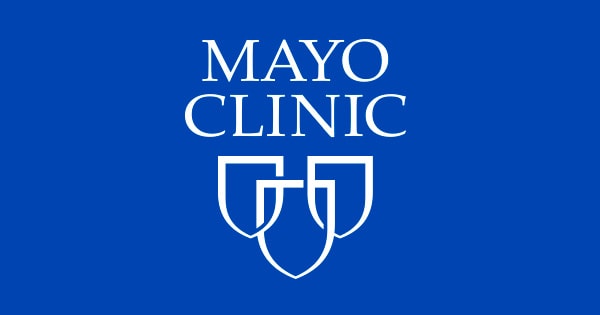Add antioxidants to your diet
Antioxidants are certain nutrients, such as vitamins C or E, or carotenoids, which may help protect cells against daily damage. As cells do their job, the way they process oxygen results in a molecule called a free radical. These molecules are unstable. As they regain stability, free radicals damage cells and DNA.
Disease and free radical damage
Over time, free radical damage can cause problems for tissues and organs in the body, potentially leading to disease. Research suggests that free radical molecules can add to the risk of health issues linked to aging. Some examples are heart disease, age-related macular degeneration, Alzheimer’s disease and cancer.
The body’s cells can fix or prevent free radical damage, for example, by making antioxidant enzymes. And some antioxidants, such as vitamin C, come from food and drink.
Eating antioxidants
Plant-based foods are the best source of antioxidants. These include fruits, vegetables, whole grains, nuts, seeds, herbs and spices, and even cocoa. Plants have naturally occurring antioxidants such as carotenoids, flavonoids, isothiocyanates, and phenolic acids.
As a bonus, many foods that have antioxidants also have other benefits. They are often high in fiber, low in saturated fat and cholesterol, and good sources of vitamins and minerals.
Artichokes are a good example.
They naturally have the fiber inulin. But artichokes also have plant chemicals called flavonoids and phenolic acids. Those phytonutrients have the potential to help manage free radicals.
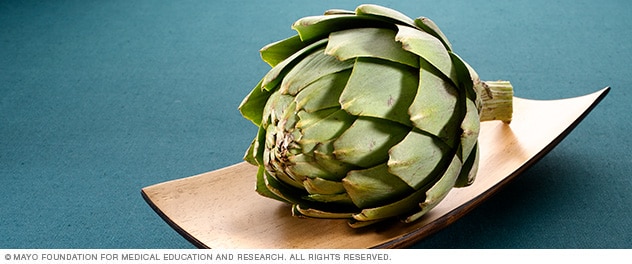
Does cooking affect antioxidants?
Drying, cooking or freezing foods can affect its level of antioxidants. Sometimes cooking allows an antioxidant to be better absorbed. Lycopene in tomatoes is one example.
More lycopene is available in cooked tomatoes than raw ones. And for some foods, such as sweet potatoes, cooked is the only way we could eat them at all.
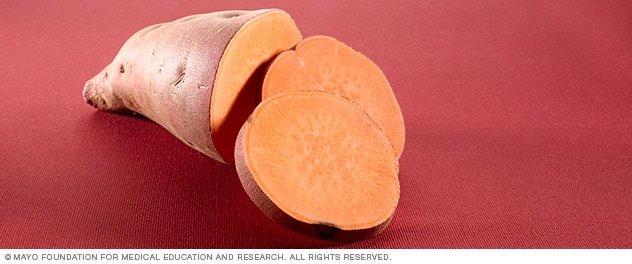
In addition to cooking, some antioxidants are more available when paired with another nutrient. One example is orange and yellow vegetables with beta carotene and vitamin E. Cooked with a bit of fat, those antioxidants are more available to the body.
Other foods with carotenes also may offer more nutrients cooked. Examples are carrots, red and green peppers, kale, spinach, and broccoli. Some of their phytochemicals may be better absorbed by the body after being cooked.
Other foods have more antioxidants when raw. In jam made of berries, for example, antioxidant levels were lower than in the raw, unprocessed berries.
Fresh or frozen, blueberries, blackberries, raspberries, strawberries and cranberries are among the top fruit sources of antioxidants.
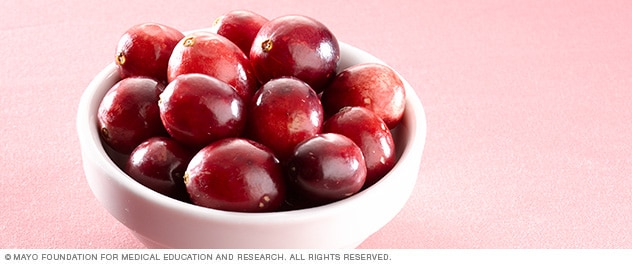
Nuts, seeds and grains
Along with fruits and vegetables, nuts, seeds and grains add antioxidants to the diet. Whole grains, nuts and seeds are a source for selenium, vitamin E and antioxidant phytochemicals.
Unsalted nuts and seeds have protein and fats in addition to other phytochemicals. They are a nutrient dense food.
Nut and seed oils also may help people balance their healthy fat intake. Walnuts and pecans are some of the top nuts for antioxidant content. Not crazy about nuts? Try sunflower seeds.
And don’t forget those grains. When made into flour, buckwheat, millet and barley seem to hold on to their phytochemicals best.
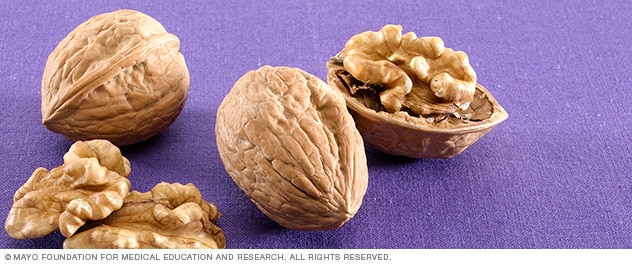
Antioxidants add up
Overall, antioxidants from foods taken in over a long period of time seem to support health. Individual antioxidants taken as supplements have less scientific support.
When it comes to adding antioxidants to the diet, no one food or food group can do it all. The best bet is to get a variety of fruits, vegetables, nuts and whole grains into the diet.
Adding foods with different colors can help meet that goal. A food’s color hints at its antioxidants. Red, orange, yellow, green, and even blue or black fruits and vegetables provide different antioxidants.
Other things in the diet, such as tea, coffee and some fruit juices also have antioxidants. Some dark chocolate may have antioxidants as well, but it depends on the cocoa contents.
And it can be helpful to make sure to get some antioxidants every day. For example, vitamin C isn’t stored in the body. So eating food with that vitamin every day can help make sure the body has enough.
Jan. 25, 2025
.
